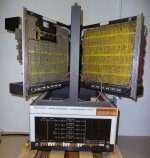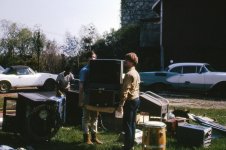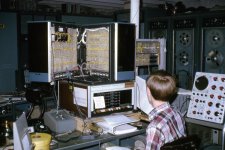Chuck(G)
25k Member
Strip some of the wire and immerse the stripped end in some raw egg yolk for an hour or so. If it turns black, it's silver-plated.
However, almost all hookup wire that I've seen is simply tin-plated, although I do have some stranded solid silver wire. It wouldn't be suitable for wire-wrap, however--it's not nearly as malleable as copper.
However, almost all hookup wire that I've seen is simply tin-plated, although I do have some stranded solid silver wire. It wouldn't be suitable for wire-wrap, however--it's not nearly as malleable as copper.



